Level Sensors for Microfluidics
Fail-safe instrument for automated recirculation experiments
Easy recirculation
Continuous, unidirectional flow over samples
Up to 3-week long experiments
Less manual work to maintain your long term recirculation
Plug-and-play
Save time and improve reproducibility
Fail-safe mechanism
No more losing your experiment due to clogging

Need a microfluidic SME partner for your Horizon Europe project?
Level sensors
Automated & secured recirculation system
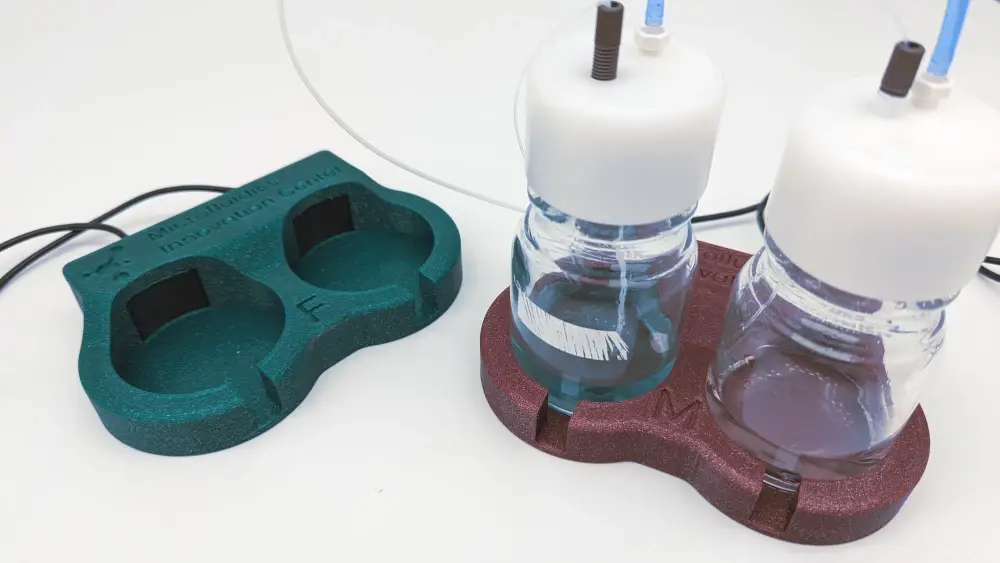
Most automated recirculation systems rely on the initial fluid volume and desired flow rates to estimate the time for one reservoir to flow most of its volume through the sample and then switch to the other reservoir.
In cell culture, for example, as cells grow and proliferate, they release debris that can foul and clog the lines, changing the flow rates.
Even small changes can affect the time it takes for one reservoir to empty. However, the system is usually insensitive to this change. Thus, it continues to switch between reservoirs as programmed.
If one of the reservoirs empties before was expected due to biofouling or clogging, it introduces air into the system and damages the cells, ruining the experiment.
Take full advantage of controlled recirculation
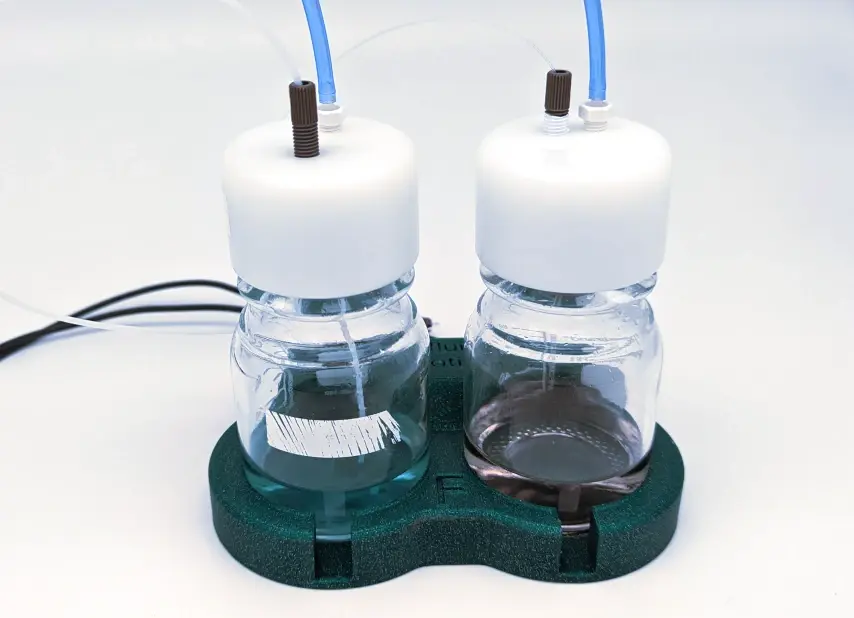
To avoid this problem, our microfluidic level sensors add an extra layer of responsiveness to your system and ensure that your reservoirs are never empty.
This ensures that your experiment is always full of liquid and that you don’t risk air passing through your chamber and disrupting your sample.
The level sensors automate your system based on the actual media volume level inside your reservoirs, so changes in flow rate due to fouling are accounted for, and the time it takes to switch between reservoirs is adjusted.
In case something goes wrong, for example, leakage due to extensive clogging of the lines, the level sensors will stop the flow and preserve your sample.
Automation and control with Galileo user interface
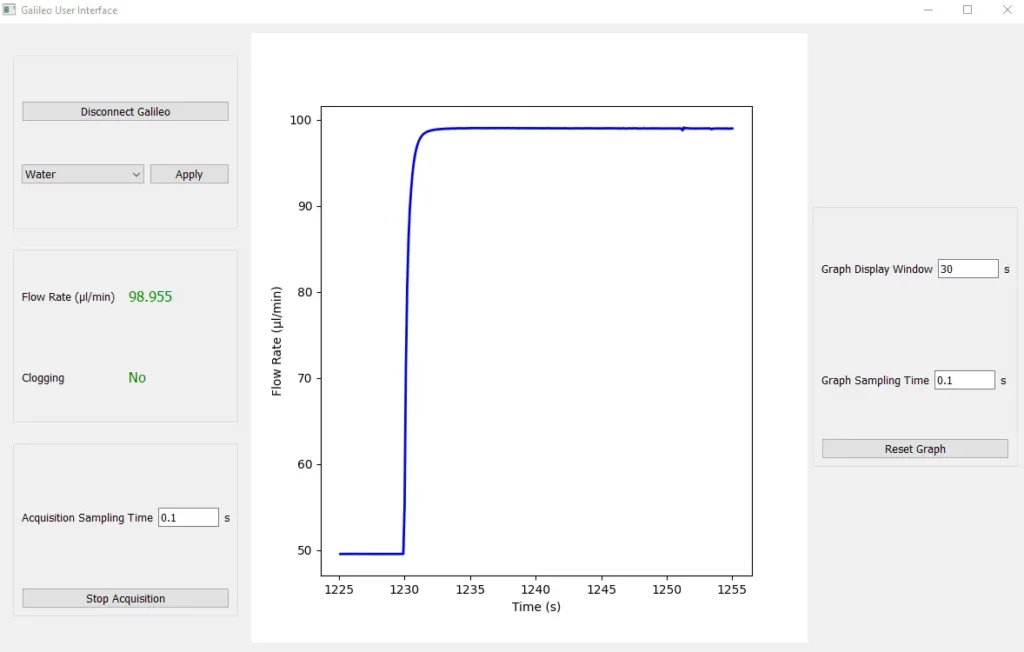
- Detection of the Galileo flow sensor
- Reading and plotting flow rate in real time
- Display of clogging detection flag
- Record flow rate and clogging detection with an acquisition rate of up to 100 Hz
Level sensor applications for dynamic cell culture
A great asset of a cell perfusion system is providing a more physiologically relevant cell microenvironment by sustaining a constant unidirectional flow through a microfluidic chip laden with cells. In this light, limited volumes of liquid flow back and forth between two reservoirs, as seen above.
The media flow subjects cells to relevant shear stress while providing a fresh supply of nutrients at a constant level of O2 and CO2 while flushing away waste, all with a high level of control. The level sensors add an extra layer of control by introducing a fail-safe mechanism that considers the changes that can happen within such a dynamic system, such as fouling the tubing with the debris of cellular death, leakage due to clogging, and other blockage-related matters, such as the entry of air.
As illustrated below, the level sensors can be added to our automated cell culture platform or cell perfusion system.
Examples of setups using level sensors
1) Automated cell perfusion platform (Principle)

2) Cell perfusion pack with a rotary valve
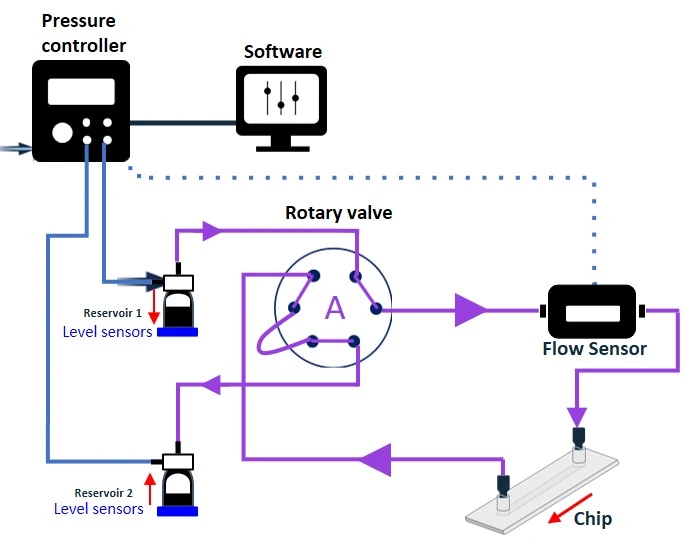
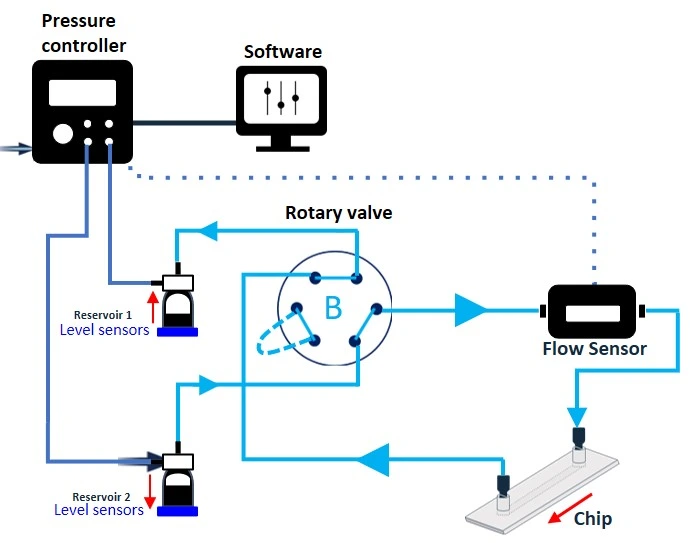
3) Cell perfusion pack with active valves
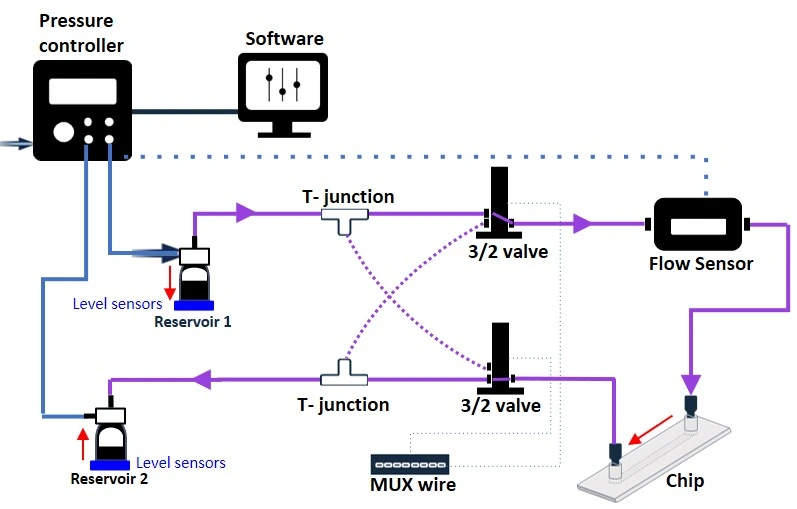
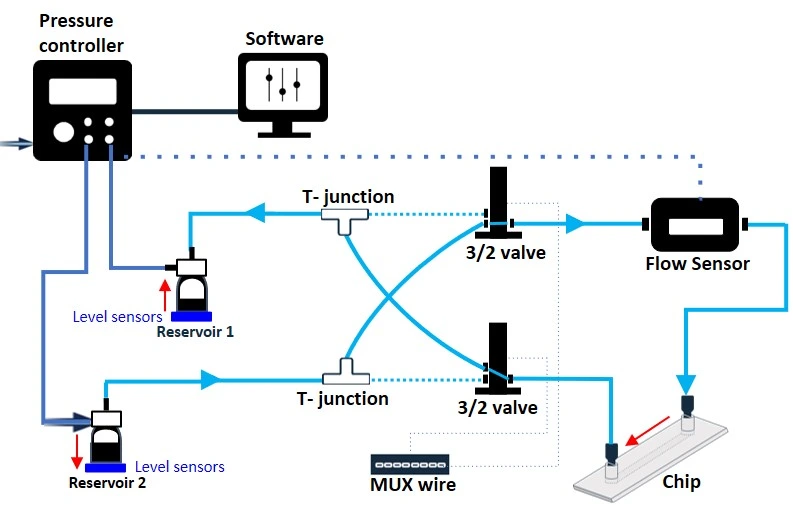
These examples include the following instruments:
| 1. Automated cell perfusion platform | 2. Rotary valve recirculation | 3. Active valves |
|---|---|---|
Pressure controller Recirculation Bridge Microfluidic flow sensor (eg. Galileo) | Pressure controller Microfluidic flow sensor (eg. Galileo) Rotary valve | Pressure controller Valve controller (MUX wire) Microfluidic flow sensor (eg. Galileo) 3/2 valves |
Some applications of our microfluidic cell culture system include:
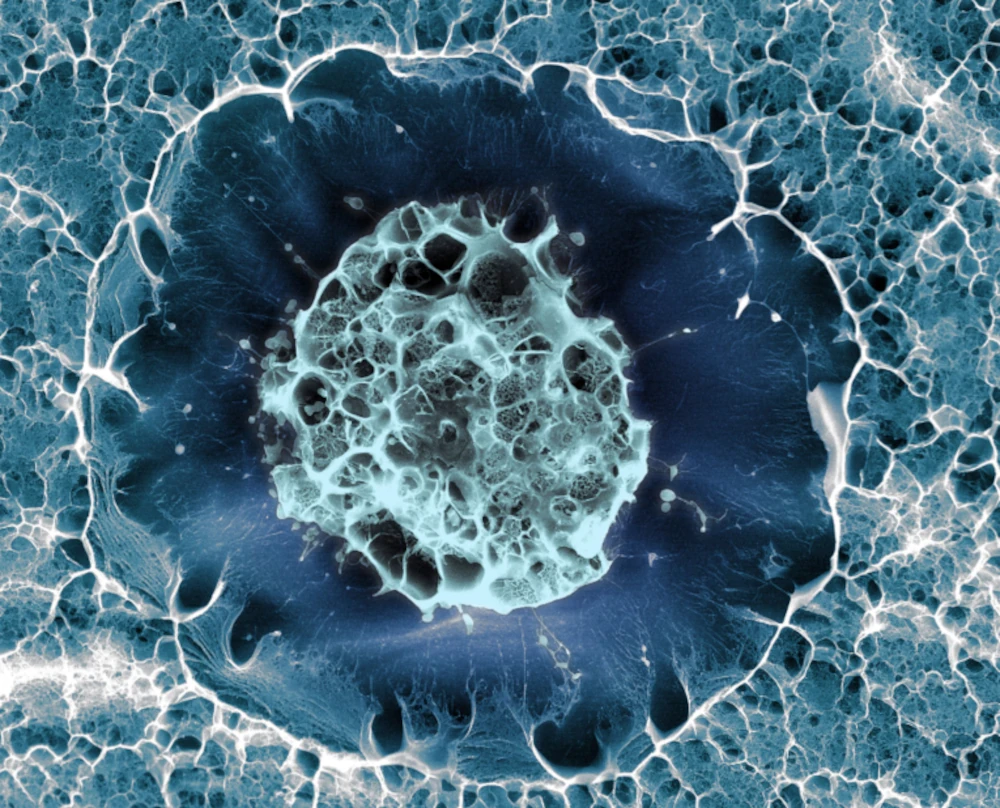
Stem cell culture
Automated and fail-safe long-term microfluidic cell culture system.
✓ Highly controlled microenvironment
✓ Fail-safe mechanism
✓ Automated sequences
Stem cell culture
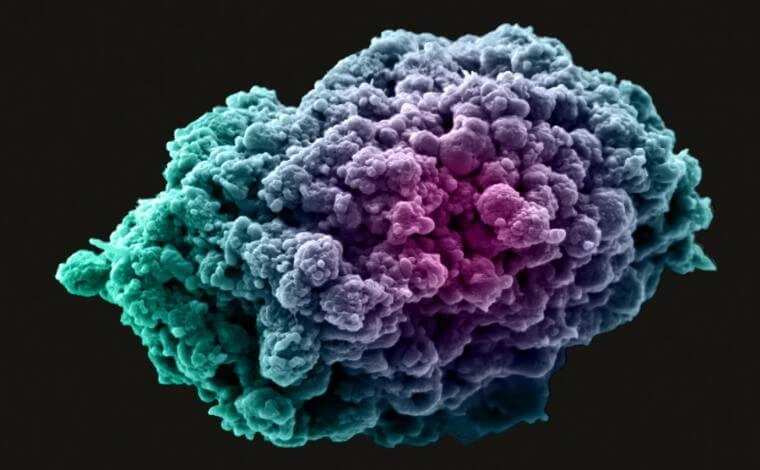
Microfluidic spheroid cell culture
Plug-and-play instrument pack for automated scaffold-free 3d cell culture technique.
✓ Multiple Parallel culture of Spheroids
✓ Automated Spheroid Perfusion
✓ More Physiologically Relevant Model
Microfluidic spheroid cell culture
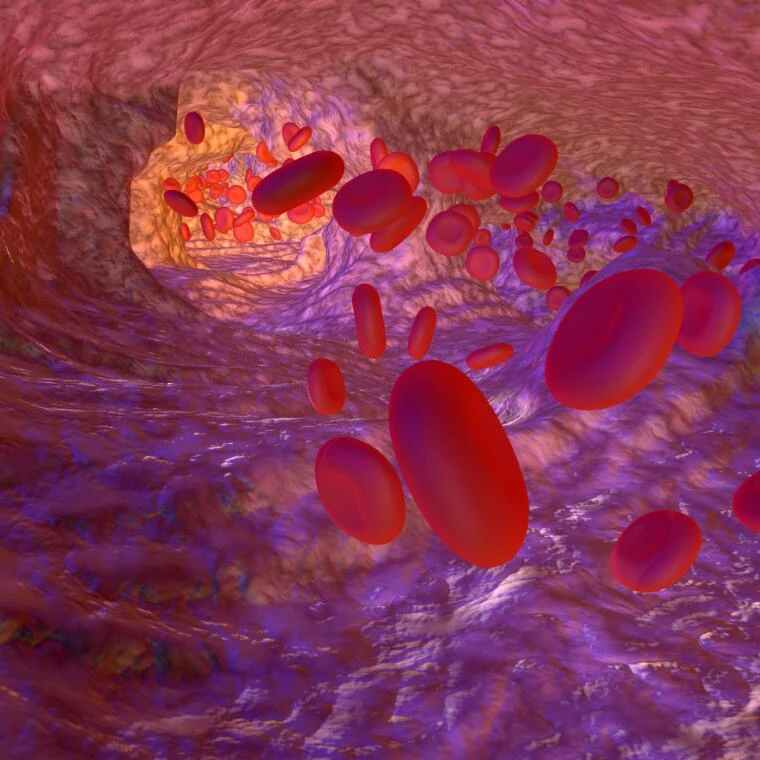
Blood-vessel-on-chip pack
Reproduce physiological flow conditions for vasculature assays
✓ Reproduce Physiological Shear Stress
✓ Unindirectional Flow
✓ Use the Device of Your Preference
Blood vessel formation & occlusion (Atherosclerosis)
And many more!

We have built expertise in microfluidic flow control for over ten years to provide you with state-of-the-art microfluidics systems. From biology to engineering applications, the Microfluidics Innovation Center is the perfect partner for you to get started with microfluidics.
Level sensor pack specifications
The following table summarizes the main specifications of the level sensors for microfluidics. This product is subject to optimization.
| Components | Technical Specifications |
|---|---|
| Dimensions (cm) | Sensing area: 2 x 1 cm |
| Material | Plastic |
| Reservoir compatibility | 100 mL Schott bottle |
| Control | Software (Galileo user interface) |
The level sensors are compatible with standard incubator conditions (37oC, 5% CO2, and 100% humidity). The liquid being sensed should be able to conduct current for proper functionality.
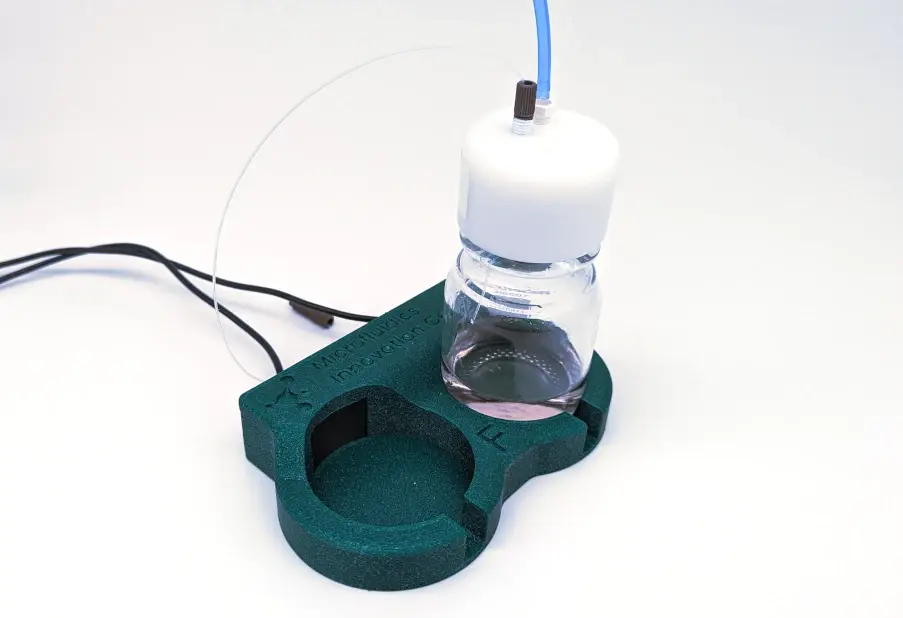
Customize your pack
Our instruments can be added to different setups depending on your specific needs. In this light, our microfluidic specialists will advise you on the best instruments and accessories depending on your needs and will accompany you during the system’s setup.
Frequently asked questions
Is the instrument compatible with other reservoirs than bottles?
The current version is compatible with 100 mL bottles, but we are working on making it compatible with small volumes. If you need a different type of reservoir, contact us using the “talk to our experts” green button above.
What extra equipment is needed?
Besides the fluid flow equipment, such as the pressure-driven flow controller, flow sensor, and chip, you will need a computer to run the software to program the automated sample collection.
Does it only work with experiments under flow?
The automated sampling unit needs to be connected to a flow generator so the automation of the process is possible. Thus, it is best adapted to microfluidics and perfusion experiments. The experiments can have continuous or intermittent (stop/go) flow.



